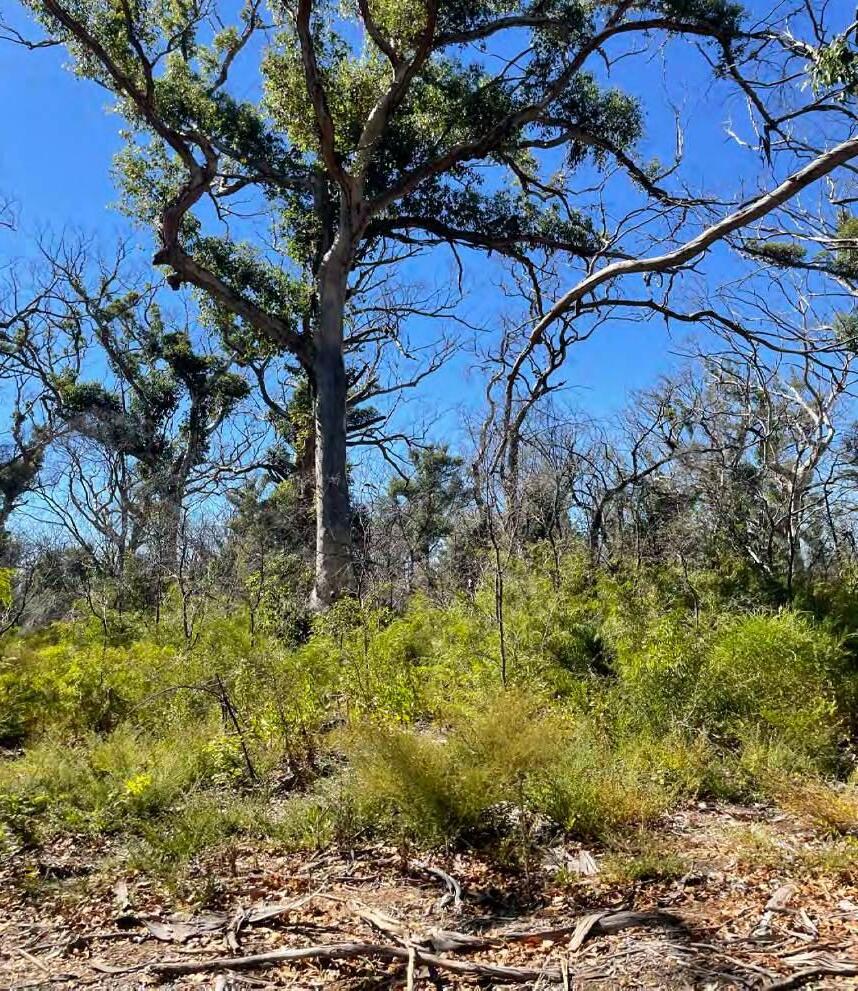

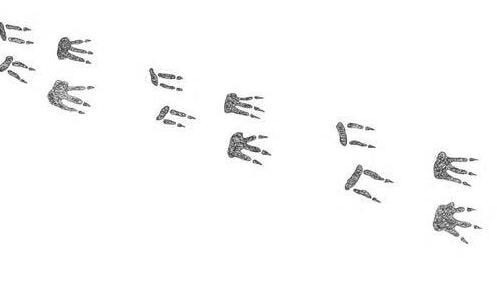


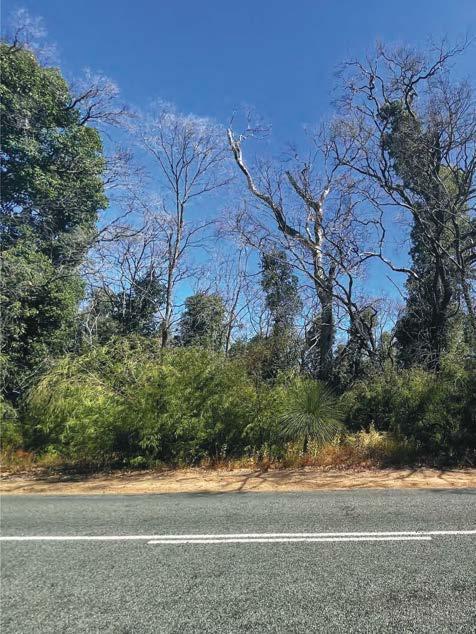
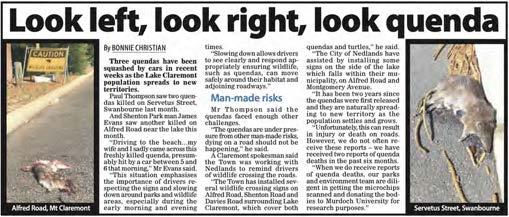
ECOSYSTEM ENGINEER ANALYSIS
INTRODUCTION TO SAMSONS PARK QUENDA SCALE ANALYSIS
LIFE OF A QUENDA QUENDA AS ‘ECOSYSTEM ENGINEER’ NATIVE VS NOVEL ECOSYSTEM
BALENCED ECOSYSTEM
HABITAT FRAGMENTATION
PERTH’S WETLAND SYSTEMS
02. THE PROBLEM “CROSSING THE ROAD”
HUMAN PERSPECTIVE QUENDA PERSPECTIVE
OPPORTUNITIES + THREATS
ECOLOGICAL LINKAGES
LAND USE LINKAGES
OPPORTUNITIES + THREATS
THE PROBLEM: QUENDAS CAN”T ‘CROSS THE ROAD’
03. NAVIGATING “CROSSING THE ROAD”
STRATERGY: UNSTOPPED TRACKS
DESIGN INTERVENTIONS
MASTERPLAN
04. LAYERS
BUFFER STRATERGY LAYERS
LAYER 1: CORE HABITAT
LAYER 2: SUPPORT SYSTEM
LAYER 2: OUTER LAYER PLANT PALETTE


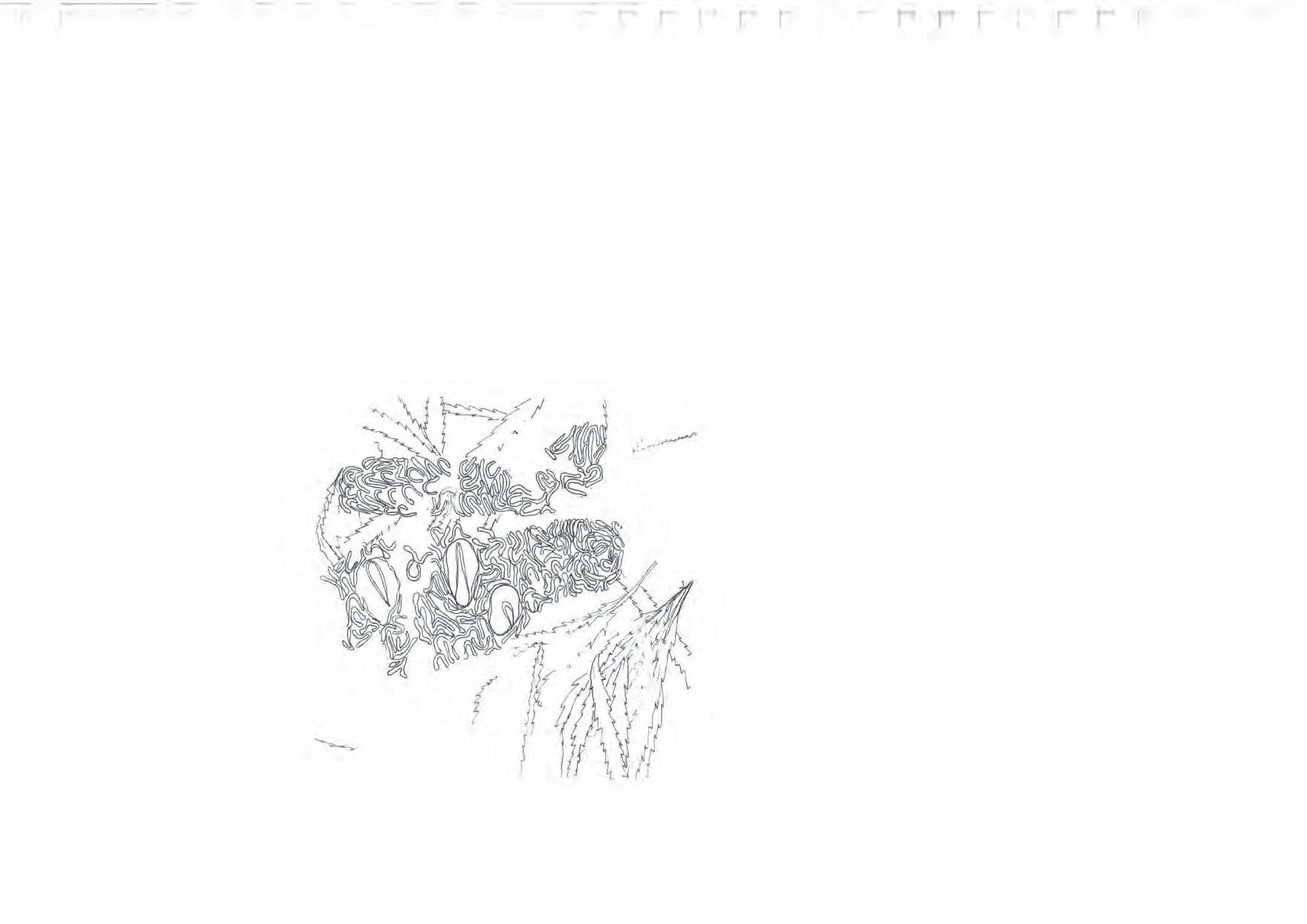

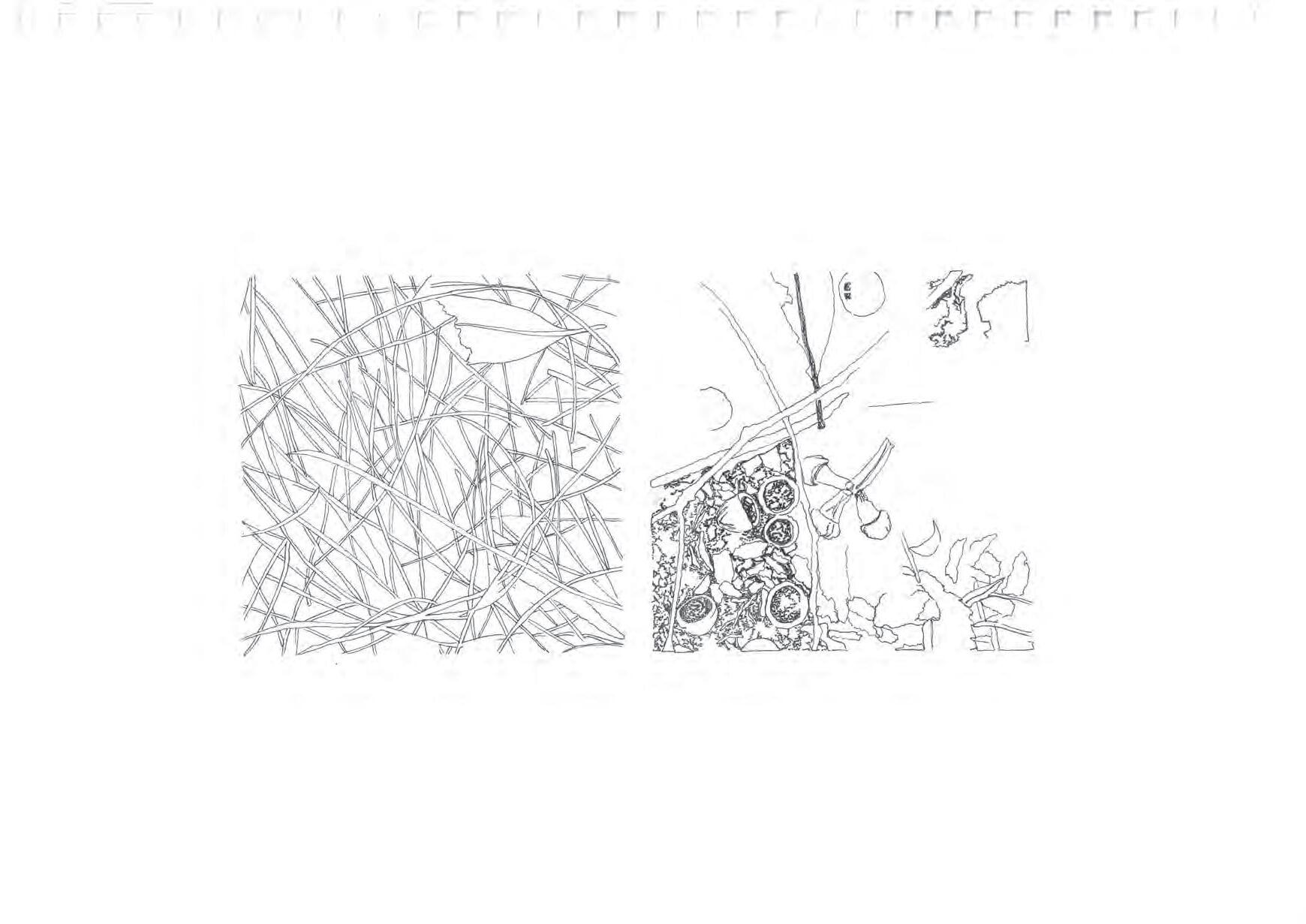


ACKNOWLEDGMENT OF COUNTRY
In Australia we are always designing on country and therefore recognise the responsibility as landscape architects to acknowledge country, and to work respectively with direction of elders. By reading country as an intimate interconnected relationship. I would like to thank the people who have cared for the land and water on behalf of you and me for more than 70 thousand years.
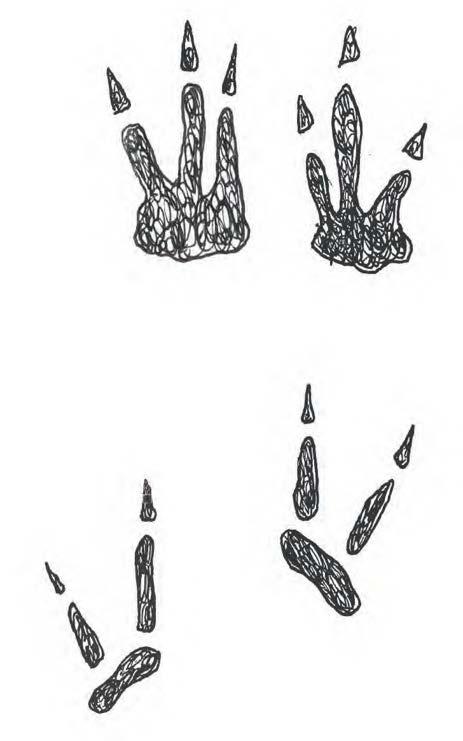

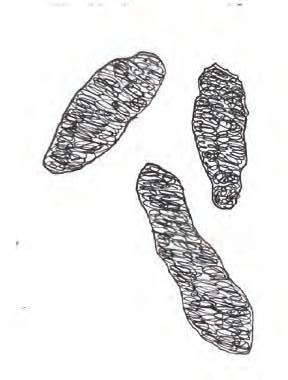


DJERAN
URUKAM BIRAK


Dispersal of seeds and mycorrhizal fungi
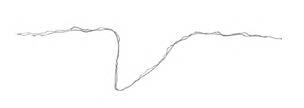
Maintain soil health through turning over large soil volumes


Increases water filtration
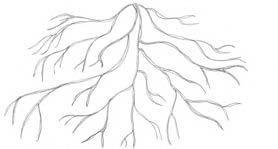
Decreases fire leaf litter loads through digging
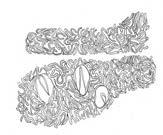





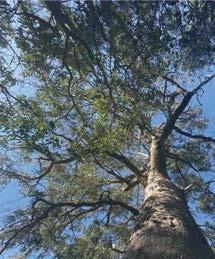

Perspective


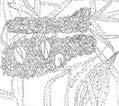





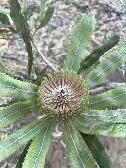
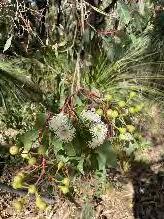


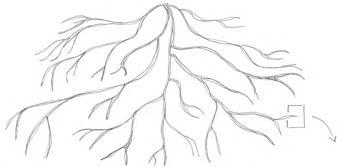

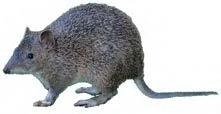
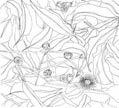
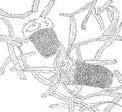
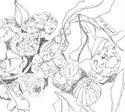

Story of Kwenda
“Kwenda had fire (karla) but he kept it hidden under his tail (nirnt), and would not share it. Djilidjili and Wata chased (moordalang) him until they reached…Kwenda’s uncle (kongk). Kwenda threw (koordidjiny) the fire (karla) to his uncle but a spark fell onto Wata’s beard (ngarnak) and smouldered. Overjoyed they hurried home (kala) putting a lot of fire (karla) into the balga, the kwel (she-oak) and the mangatj (banksia) but only a little (nyit) into the jarrah and marri”.
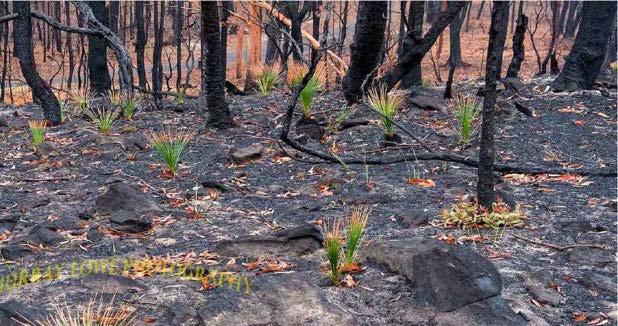

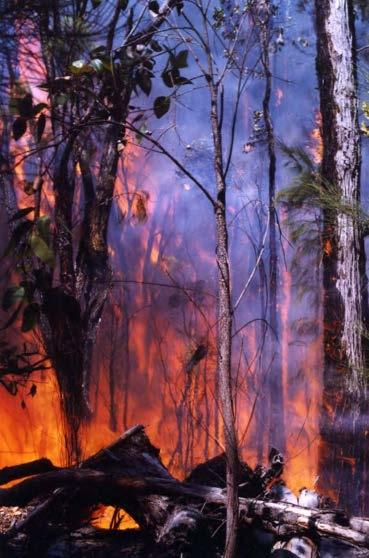

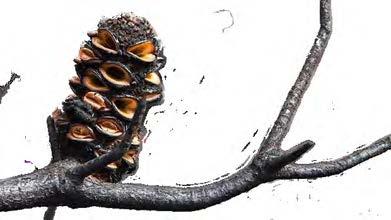

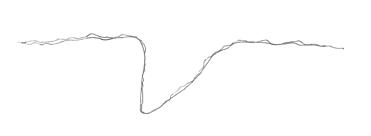
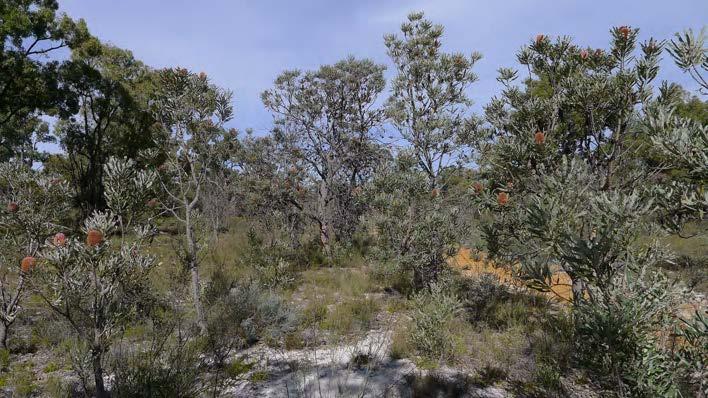



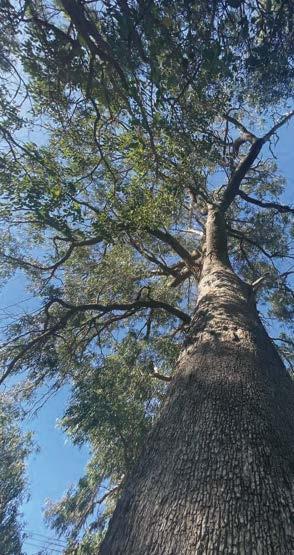

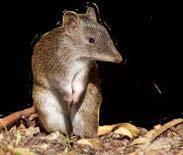
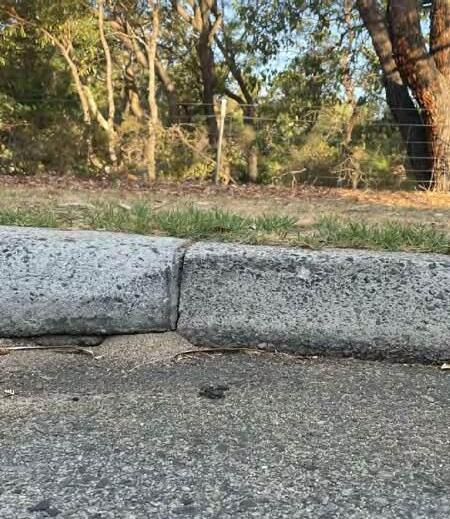
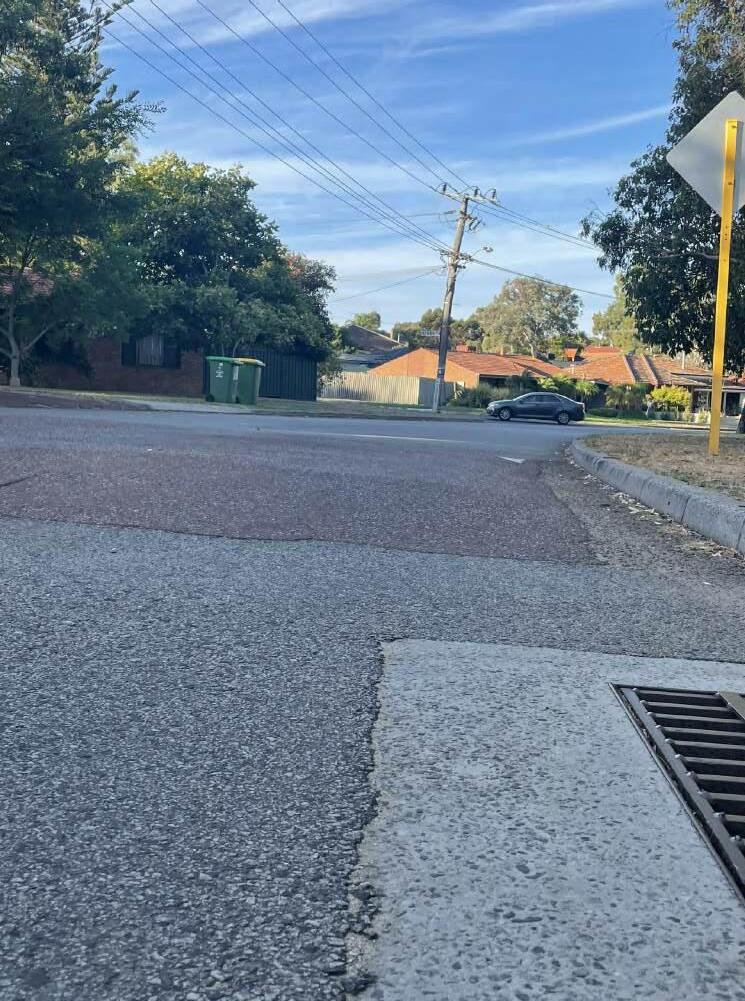



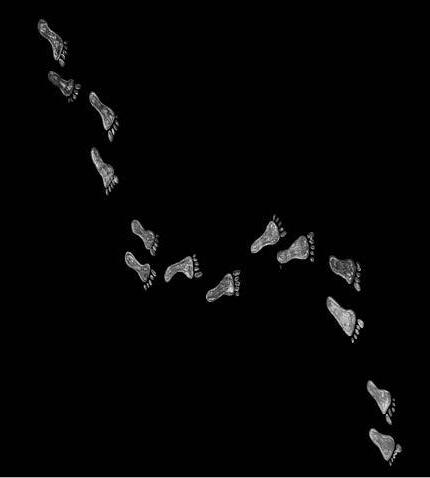


Quendas are most commonly found in the dense understory of Banksia and Jarrah Woodlands. However, in an urban setting they are found in patches of bushland, parkland and backyard gardens.
The presence of quendas is a good indicator of a balanced ecosystem. Australia’s ancient landscapes have infertile, weathered, nutrient-poor soils that are especially deficient in phosphorus and nitrogen. The vast majority of native plants (including Eucalyptus species) have therefore evolved symbiotic relationships with mycorrhizal fungi, which increase the opportunities of obtaining nutrients and water resources. In return the fungi are provided with photosynthates from the plant. Many mycorrhizal species form above ground fruiting bodies, for example mushrooms, but there are also many more that form spore- filled fruiting bodies underground like truffles.
Quenda’s are essential in the distribution of these fungi as they consume the fruiting bodies and dig up and eat truffles which moves the fungal spores around the landscape. The spores pass intact through their digestive tracts and are deposited in their feces. For some fungi, passing through the animal’s gut can break spore dormancy, leading to increased germination.
Mycorrhizal fungi are often not visible but underpin the health of many ecosystems and plant groups and are more important than ever in supporting the resilience of dominant trees in the face of changing climates.

DIGGING QUENDA NATIVE VEGETATION
MYCORRHIZAL FUNGI



Australian vertebrate fauna like the quenda rely on remanent bushland and wetlands. In their natural habitat they live in dense understory such as around swamps or in Banksia and Jarrah Woodlands. Many different Australian mammals dig in the soil for food or shelter. Sadly, most of Australia’s digging mammals are threatened with extinction and now have restricted distributions as their habitat is cleared for urban development and are preyed on by cats and foxes.
The urban landscape has changed over time and very few native mammal species survive fragmentation of native bushlands particularly the quenda. As its major current threat is loss of habitat due to land clearing for urban and rural use.

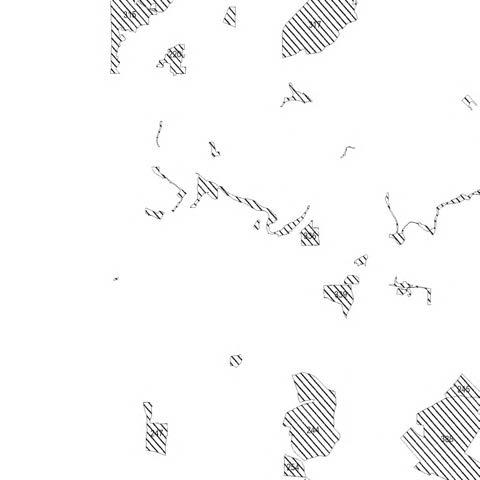

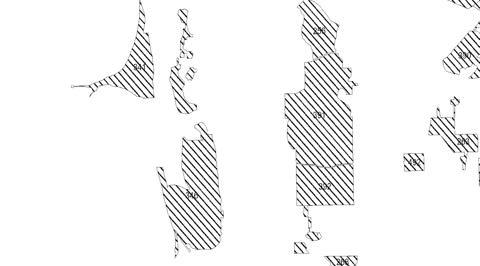
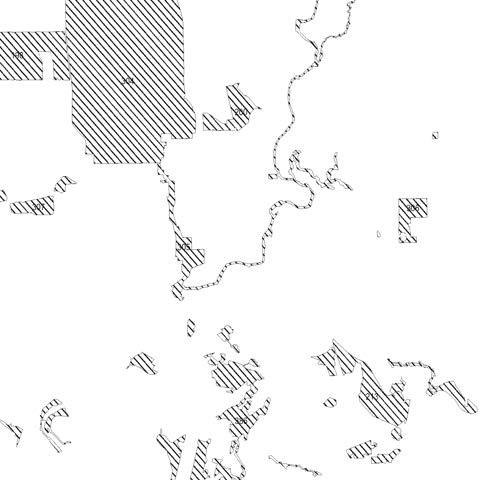


Waterways are the veins and arteries of the Western Australian vegetation. They extend from the deep river valleys, through forested wetlands to estuaries. Quenda’s rely on these water ways. To understand Perth’s wetland systems, I have learnt about Daniel Martin’s concept of Perth’s Three Coasts as a way to structure these water ways. The Three coasts categorizes Perth into broad environmental types in relation to urban heat, breeze, rainfall, vegetation, ecology, soil type and geology. This reveals significant environmental variation across the Swan Coastal Plain from the Indian Ocean to the Darling Scarp. Our site falls within the second coast.
FIRST COAST
The First Coast is the sand and limestone coast at the Indian Ocean. Perth’s urban form is oriented to this First Coast and sprawls along it.
SECOND COAST
The Second Coast is formed by the chains of wetlands that run parallel to the coast, formed by the interdunal depressions where the groundwater mounds surface.
THIRD COAST
The Third Coast is the marshy and clayey high groundwater plain at the foothills of the Darling Scarp, Semeniuk (1987) called this the palusplain. Much of Perth’s projected urban sprawl is projected to occur in this region.


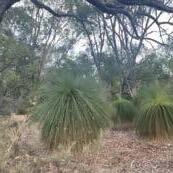
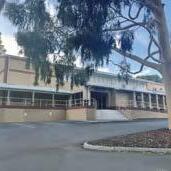


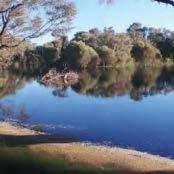

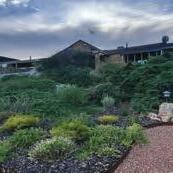
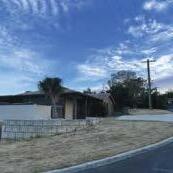
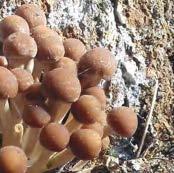





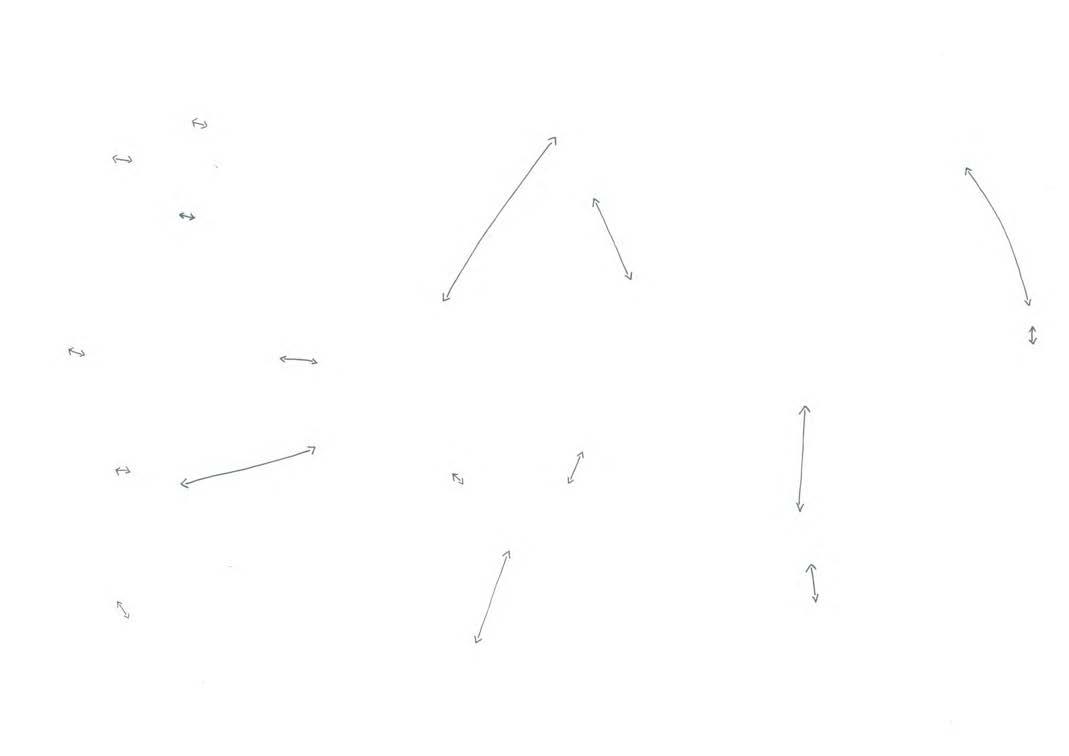

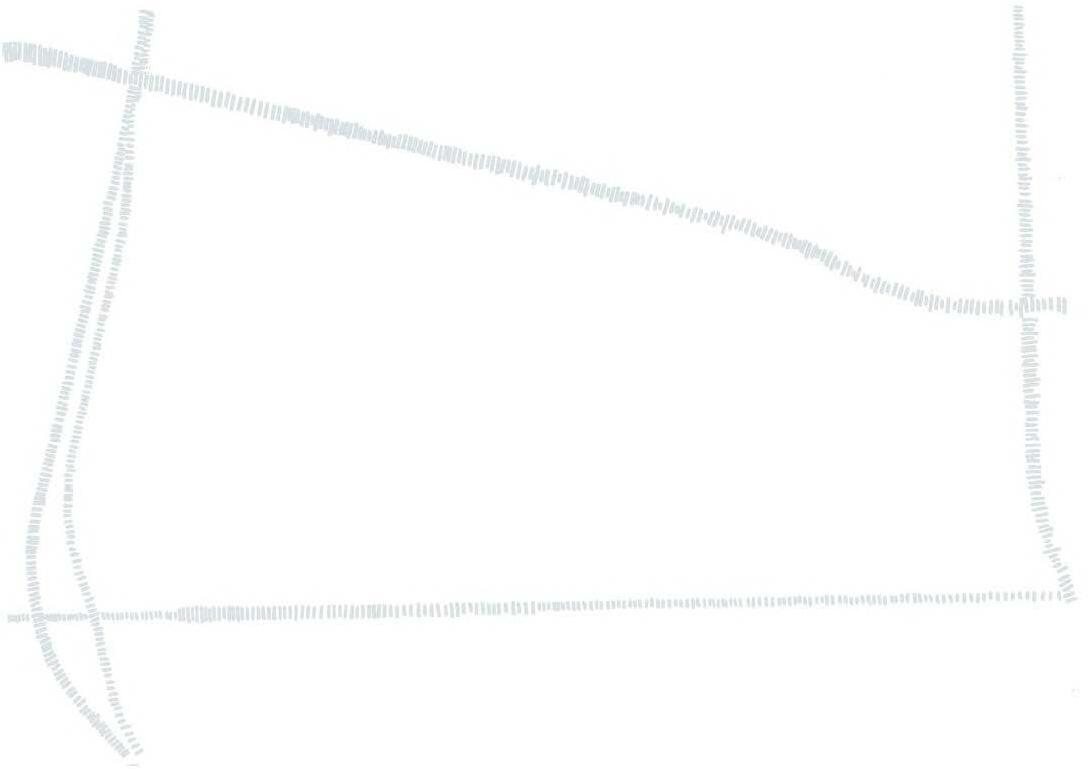
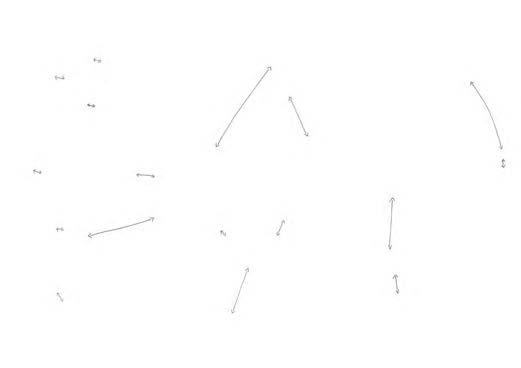
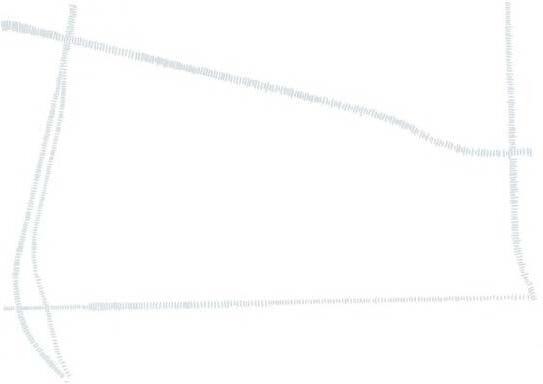
The ecosystem services that quenda provide help to keep urban bushland healthy. However, urbanization has led to a loss of habitat along the second coast. Quenda’s are restricted to the pockets of remnant bushland that remains. Lack of habitat connecting these pockets leaves quenda’s vulnerable to predation by foxes, cats and dogs, lack of genetic connectivity, mating availability as well as road collisions. Therefore, we are left with the question of how do we ensure quenda’s can cross the road of urban fabric to connect the remnant vegetation and wetlands along the second coast?









CROSSING THE URBAN FABRIC:
Connect remanent patches of native habitat by improving the ecological linkages between remnant landscapes as part of a gradient of nature within second coast system
CROSSWALKS: MICROLINKAGES
Large scale regional linkages are important to connect ecological stepping stones, however there is a need for micro linkages to allow all fauna species to move between habitat areas. These micro linkages aim to mitigate the impacts of the hard-edge transition from urban development to a natural landscape.
QUENDA ZONES: BUFFER STRATERGY
A series of layers that acts as a natural gradient and serves as a significant buffer zone around the biodiverse habitat core. The buffer plays a crucial role in shielding quenda and other fauna within a high-fidelity landscape from invasive species, urban heat, industrial impacts and roads. This buffer strategy allows for these constructed areas to bleed into urban development to support a softer edge.
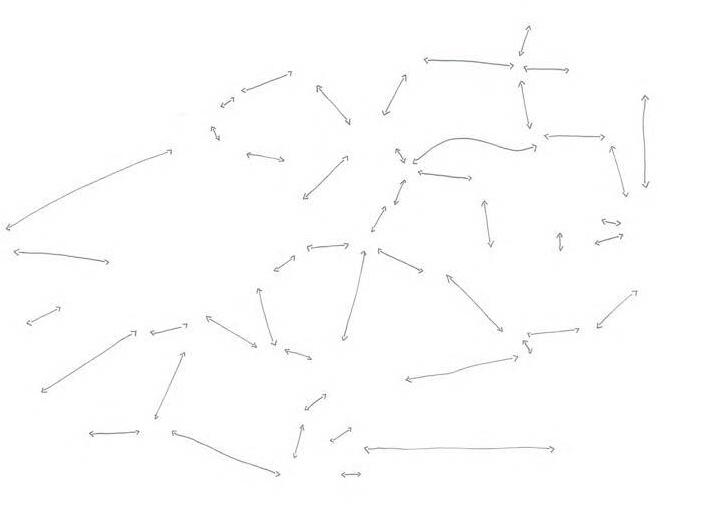




REDUCED USE OF ROADS AND VEHICLE SPEED IN QUENDA ZONES WITHIN ACTIVE TIMES (DAWN + DUST)
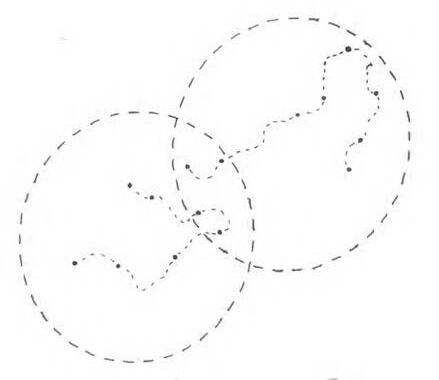
REDIRECT HUMAN MOVEMENT AWAY FROM CORE HABITAT TO LIMITED DISTURBANCE




CREATE HABITAT FOR ALL FAUNA TO MAINTAIN A BALENCED ECOSYSTEM

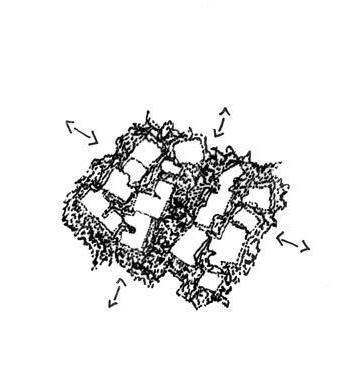
BUFFER SIZE IS TO REFLECT QUENDA HOME RANGE TO ALLOW FOR PROTECTION + GENETIC CONNECTIVITY
INCREASE QUENDA PERMEABILITY THROUGH RAISED FENCES TO ALLOW THE DISPERSAL OF FUNGI IN HUMAN CENTERED AREAS
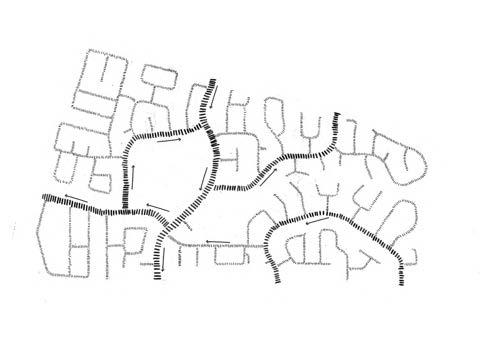
REDIRECTION OF TRAFFIC THROUGH ONE WAY STREETS
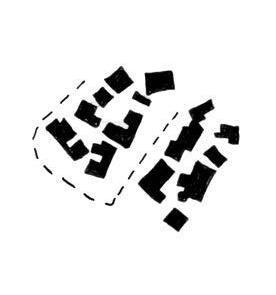

CONSIDER THE VALUE OF STREETSCAPE VEGETATION AS WE MOVE TOWARDS MEDIUM DENSITY HOUSING



HABITAT + PRIVACY GRADIENT WITHIN LAYERS
PEDESTRIAN MOVEMENT PATHS TO PROVIDE EDUCATION OF INVISIBLE LINK BETWEEN QUENDA AND A HEALTHY ECOSYSTEM

L A Y E R 1: C O R E H A B I T A T
REGENERATE WETLAND ECOSYSTEM
RESTORE BANKSIA + JARRAH WOODLANDS
REFUGE EXTENTION BEYOND SAMSONS PARK
QUENDA ONLY LANEWAY POCKETS
PRIVATE NON HUMAN HABITAT
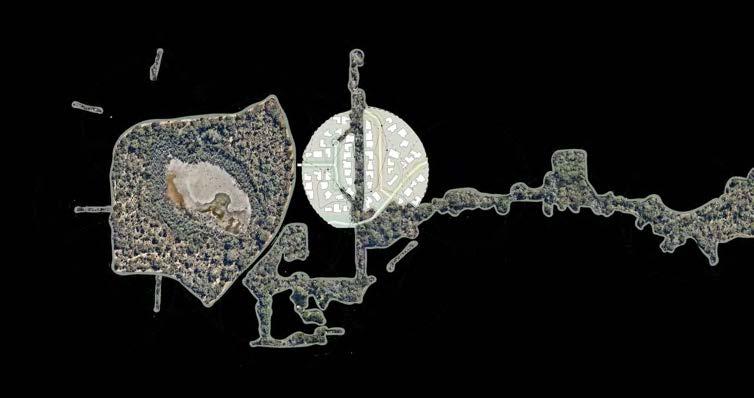
A Y E R 2:
PROVIDES LINKAGES BETWEEN CORE HABITAT POCKETS
RAIN GARDENS TO AID DISPERSION OF ECOSYSTEM ENHANCING FUNGI COMMUNITY WALKING TAILS EXTENDING BEYOND SAMSONS PARK EDUCATES THE ‘INVISIBLE LINK’ OF FUNGI AND HEALTHY ENDEMIC TREES COMMUNITY SHARED PATHWAYS: PEDESTRIAN, FAUNA + VEHICLES
VALUABLE VEGETATED STREETSCAPES AS MEDIUM DENSITY HOUSING INCREASES

L A Y E R 3: O U T E R L A Y E R
INCREASING HUMAN + NON HUMAN CONNECTION HUMAN RESIDENTS GARDENS THAT ARE REGULARLY VISITED BY NON HUMANS CREATING EMPATHY + APPRECIATION FOR QUENDA LIVING FENCES THAT ALLOW QUENDA TO MOVE INTO BACKYARDS OUTER LAYER OF BUFFER PROTECTION FOR QUENDA









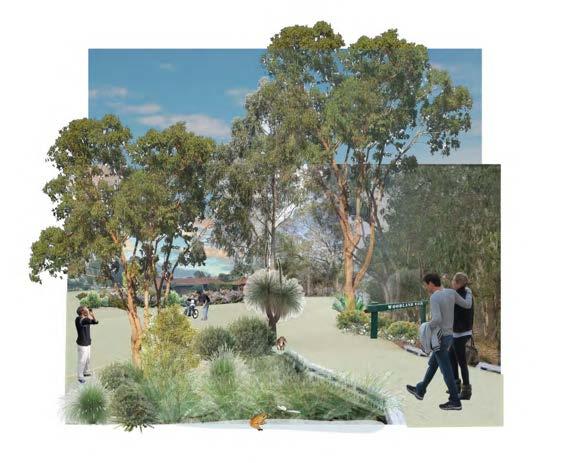

RESIDENTS

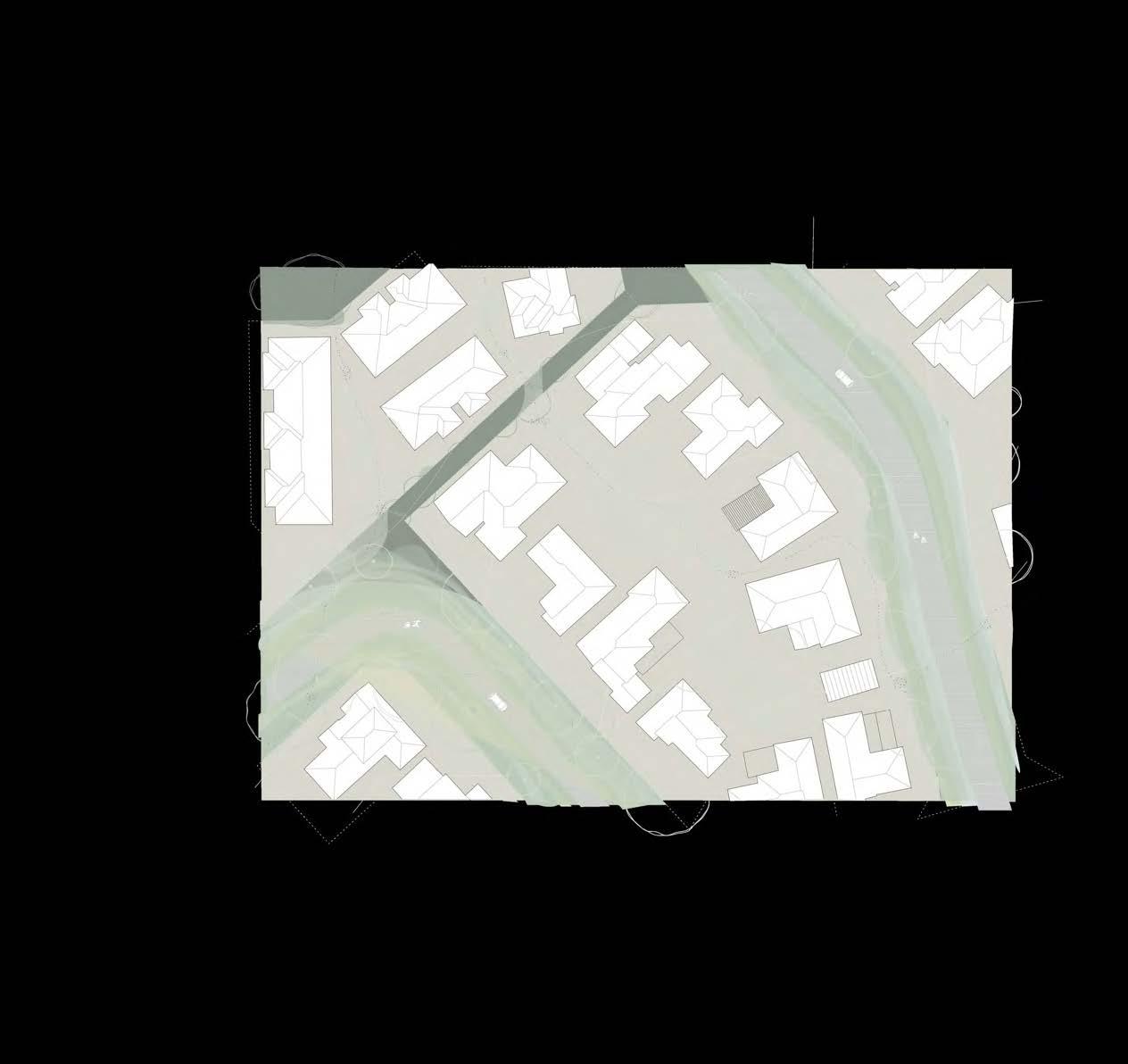






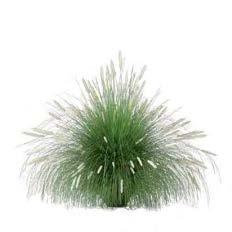



FUNGI RAIN GARDEN SPECIES
Isolepis nodosa
Lomandra longifolia
Lomandra hystrix
Imperata cylindrica
Dichelachne micrantha
Banksia littoralis
Melaleuca phoenicea
Melaleuca ericifolia
Dianella caerulea
Westringia fruiticosa
Xanthorrhoea preissii
Pennisetum alopecuroides
Corymbia calophylla
Eucalyptus marginata
Xanthorrhoea preissiiw
Macrozamia riedlei
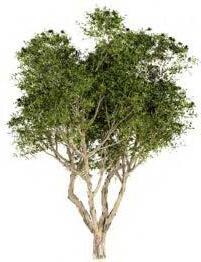




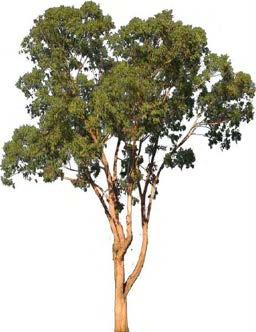










WOODLAND WALK PATHFINDER SPECIES
BANKSIA WALK PATHFINDER SPECIES
Banksia annttenuata
Banksia menziesii
Banksia prinotes
Banksia ilicifolia
Caladenia latifolia
Diuris corymbosa
Caladenia arenicola
TUART WALK PATHFINDER SPECIES
Eucalyptus gomphocephala
Acacia spp
Hakea spp
Grevillea spp
EMERGENT TALL TREES
Corymbia calophylla
Eucalyptus gomphocephala
Eucalyptus marginata
SCLEROPHYLLOUS SHRUB LAYER
Adenanthos cygnorum
Allocasuarina humilis
Bossiaea eriocarpa
Conostephium pendulum
Daviesia spp
Eremaea pauciflora
Gompholobium tomentosum
Hardenbergia comptoniana
Hibbertia hypericoides
Hypolaena exsulca
Jacksonia spp
Kunzea glabrescens
Petrophile linearis
Phelebocarya ciliata
Philotheca spicata
Stirlingia latifolia
Verticordia plumosa
Xanthorrhoea preissii





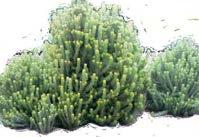

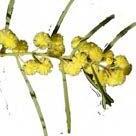




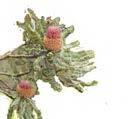

LAYER 1: QUENDA NATIVE HABITAT
LAYER 3: BIODIVERSE RESIDENTIAL
MEDIUM HEIGHT TREES
Banksia attenuata
Banksia menziesii
Banksia prionotes
Banksia ilicifolia
Banksia littoralis
Banksia burdettii
Eucalyptus todtiana
Nuytsia floribunda
Allocasuarina fraseriana
Callitris arenaria
Callitris pyramidalis
Xylomelum occidentale
HERBACEOUS GROUND COVER
Amphipogon turbinatus
Burchardia congesta
Caladenia spp
Dasypogon bromeliifolius
Desmocladus flexuosus
Drosera erythrorghiza
Lepidosperma squamatum
Lomandra hermaphrodita
Lyginia barbata
Lyginia imberbis
Mesomelaena pseudostygia
Patersonia occidentalis
Podolepis spp
Stylidium brunonianum
Stylidium piliferum
Trachymene pilosa
Xanthosia hyegelii

